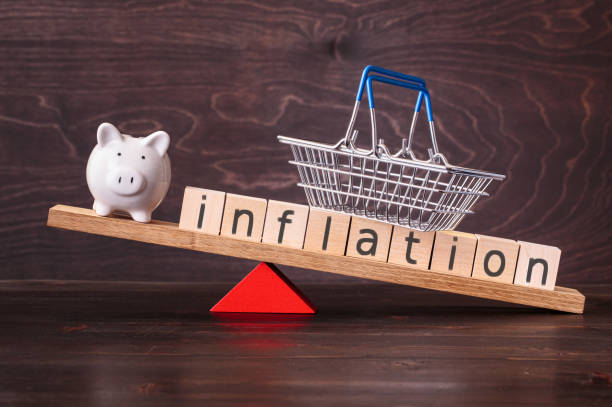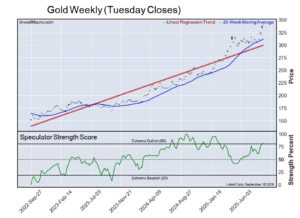Personal income grew 0.5% month-on-month (m/m) in May, up from April’s 0.3% gain, and ahead of market expectations (0.4%).
Accounting for inflation and taxes, real personal disposable was also up 0.5% m/m in May, relative to a flat reading in April (revised up from a -0.1% decline previously).
Personal consumption expenditures rose by 0.2% m/m. This is higher than the revised 0.1% recorded in April (0.2% previously), but below market expectations (0.3%). Spending in real terms rose 0.3% m/m – more than reversing the -0.1% decline recorded in April. The uptick in real spending reflected increases in both goods (0.6%) and services (0.1%) outlays.
On inflation, the Fed’s preferred inflation metric, the core PCE price deflator, decelerated on both a monthly and annual basis. The measure fell from 0.3% to 0.1% month-over-month and from 2.8% to 2.6% annually. Both measures were in line with market expectations.
The personal savings rate rose by 0.2 percentage points to 3.9% in May.
Key Implications
Yesterday’s GDP update showed that Q1 consumer spending continued to be revised lower. At 1.5%, the Q1 reading is now a full percentage point lower than the advanced estimate, largely due to a combination of weaker durable goods spending and a slower pace of services spending. That said, with data in for the first two months of Q2, growth in real consumer expenditures is expected to land around a similar place for the second quarter.
With May’s CPI report following through on the good news from April’s release, markets were primed for even more positive developments on the inflation front this morning. The core PCE deflator did not disappoint, with both the monthly and annual figures decelerating. These movements are sure to be welcomed by Fed members, but given the inflation upswing observed at the start of the year, “caution” will remain the watchword. As such, rate cuts aren’t likely to materialize until closer to the end of the year.









